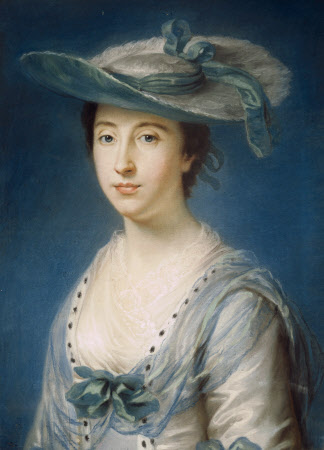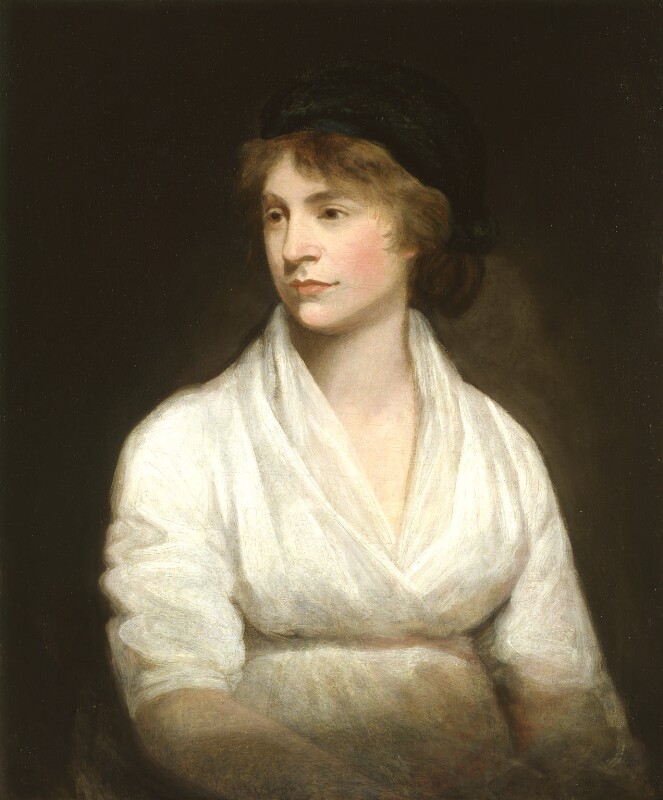Junior Cycle Teacher Resources
The Women of Henrietta Street
Syllabus links:
- Exploring people, culture and ideas
- Impact of new and changing ideas about how people should live and be governed
- Impact of such factors as population change, migration, famine, genocide on the lives of ordinary people
- How women’s lives changed over time
In many ways, the lives of the women and girls who lived at 14 Henrietta Street changed significantly over time. Lady Molesworth in the Georgian townhouse of 1751 had a very different lifestyle to Mrs Dowling who lived in the first floor room of the tenement in the 20th century. In the tenement times, women were often the main breadwinners, and worked locally in areas such as Moore Street and the surrounding markets. It was common to see women and children packing matches and threading rosary beads on the steps on a sunny day.
Whether she was a Georgian Lady expected to be a glamorous society wife, or a mother in the tenements trying to raise a large family, life as a woman on Henrietta Street was shaped by the changing fortunes of the street, and society’s gender expectations.
Lady Mary Molesworth (1728 - 1763)

Lived in 14 Henrietta Street: 1751 - 1758
Born Mary Jenney Usher, Lady Mary Molesworth was only fifteen years old when she married Richard Molesworth in 1743, who was then sixty-three. She was described by writer Horace Walpole as a “very great beauty,” whose “amiable character’ and virtue were ‘beyond all suspicion, untainted and irreproachable.”
Lady Mary had eight children, and died in 1763 in a house fire in London, along with her brother and two daughters Mary and Melosina. The fire was a result of arson: a servant trying to cover up a theft.
Mary Wollstonecraft (1759 - 1797)

Lived in 15 Henrietta Street 1786 - 1787
Mary Wollstonecraft moved next door to 15 Henrietta Street in 1786 to work as a governess for the three eldest daughters of the Kingsborough family. She did not get along with Lady Kingsborough and was dismissed the following year. Five years later she wrote the pioneering feminist book A Vindication of the Rights of Woman.
Wollstonecraft gives us a look at a Dublin where women were expected to abide by what she regarded as oppressive social rules: “Dublin has not the advantages which result from residing in London; everyone’s conduct is canvassed, and the least deviation from a ridiculous rule of propriety… would endanger their precarious existence”.
 ShopBook Now
ShopBook Now